In the realm of electric vehicles (EVs), one name has emerged as a trailblazer, captivating the imaginations of auto enthusiasts and environmentally-conscious drivers alike: Tesla.
With its sleek designs, cutting-edge technology, and a network of charging stations that spans the globe, Tesla has undoubtedly played a significant role in advancing the adoption of electric transportation.
However, as EVs from various manufacturers flood the market, an important question arises:
Are Tesla charging stations universal? Can drivers of non-Tesla EVs conveniently juice up at Tesla’s Supercharger stations, or do these charging hubs remain exclusive to Tesla owners?
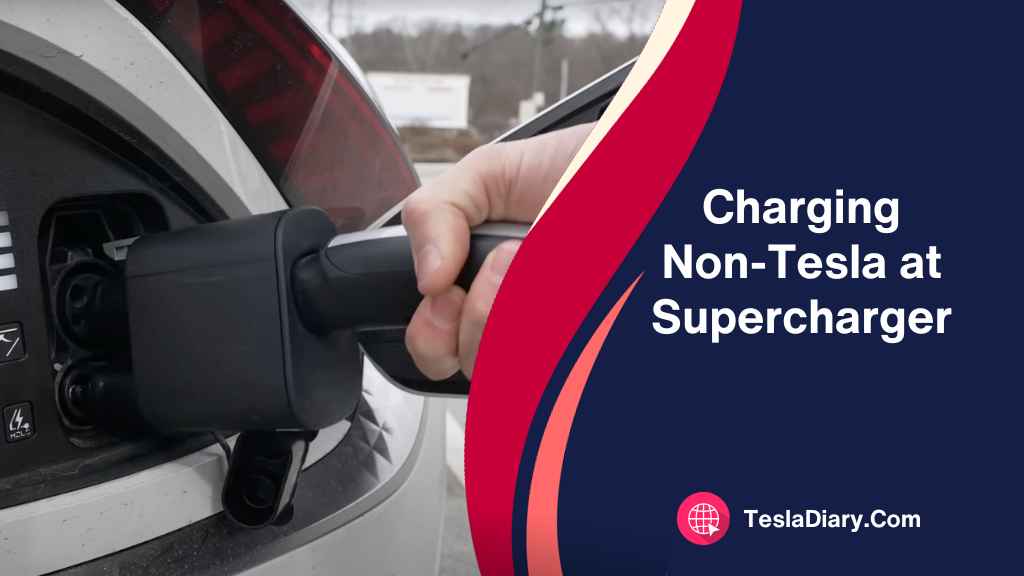
In this article, we will delve into this pressing inquiry, exploring the compatibility of Tesla charging stations with non-Tesla EVs, the options available for non-Tesla owners, and the implications for the broader EV landscape.
Are Tesla Charging Stations Universal?
Are Tesla Charging Stations Universal?
No, Tesla charging stations are not universal. Tesla has its proprietary charging infrastructure that is specifically designed for Tesla electric vehicles (EVs). These charging stations, commonly known as Tesla Superchargers, use a unique Tesla connector that is not compatible with non-Tesla EVs.
While Tesla has introduced adapters in some regions to enable certain Tesla vehicles to connect to non-Tesla charging networks that use the CCS (Combined Charging System) standard, this doesn’t make Tesla charging stations universal for all-electric vehicles.
The majority of non-Tesla EVs use standardized connectors like CHAdeMO, CCS, or J1772, depending on the region and the manufacturer, and these connectors are not compatible with Tesla Superchargers without the use of adapters.
In summary, Tesla charging stations are designed exclusively for Tesla vehicles, and non-Tesla EVs require adapters, if available, to access Tesla’s proprietary charging network. However, these adapters may have limitations, and charging speeds and compatibility can vary depending on the specific Tesla model and region.
How to Charge a Non-Tesla in a Tesla Supercharger?
If you find yourself in a situation where you’re driving a non-Tesla electric vehicle (EV) and need to charge at a Tesla charging station, there are some steps you can follow to potentially make it work.
Please keep in mind that these steps may vary depending on the specific Tesla charging station, region, and the type of non-Tesla EV you own. Here’s a step-by-step guide:
Step 1: Check for Compatibility
Before attempting to charge at a Tesla charging station, it’s crucial to determine if your non-Tesla EV is compatible with the station. Tesla charging stations use a proprietary Tesla connector, which is not directly compatible with non-Tesla EVs. So, regular superchargers won’t work.
Some stations, however, nowadays have additional connectors like J1772 or CCS, which are more common and used by various EV manufacturers. Tesla started to roll out this feature in some of their Supercharging stations in November 2021.
Step 2: Locate a Tesla Charging Station
Use Tesla’s official website or mobile app to find a nearby Tesla charging station. These tools provide real-time information on the availability and types of connectors at each station, helping you plan your charging stop effectively.
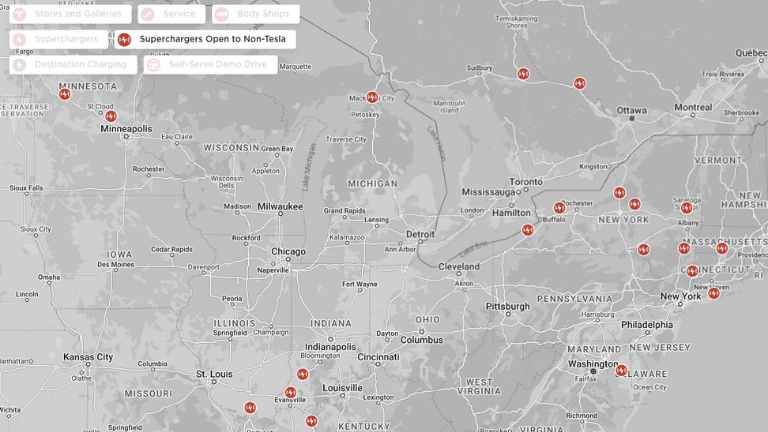
You need to find a Supercharger Open to non-Tesla charging from the map.
Step 3: Charge the Non-Tesla
Drive your non-Tesla EV to the Tesla charging station and park in a designated charging spot. Make sure your vehicle is positioned correctly to access the charging equipment.
Open the Charging Port
If your non-Tesla EV has a locking charging port, unlock it using your vehicle’s controls or key fob. Some EVs may have a manual release option near the charging port.
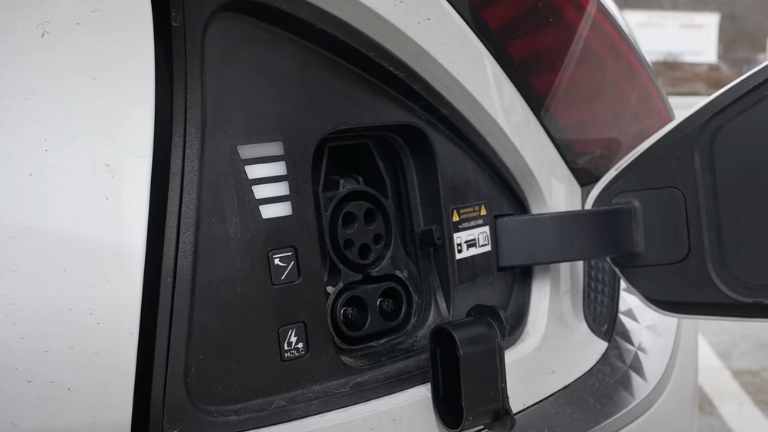
Pay and Select Charge Stall
Once the vehicle is parked at the designated position, you need to go to the Tesla mobile app, select the location and specific charging stall, and provide payment information to proceed.
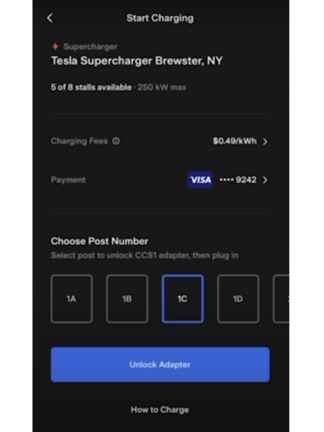
Initiate Charging
After setting up, you should hear a clicking sound coming from the charge stall. Take out the Tesla connector. It will come out with an Adapter so that you can connect it to a non- Tesla vehicle.
Step 4: Monitor the Charging Session
While your non-Tesla EV is charging, keep an eye on the charging progress using the Tesla mobile app or the station’s display, if available.
Be prepared for potential differences in charging speed compared to Tesla vehicles, as non-Tesla EVs may not achieve the same charging rates.
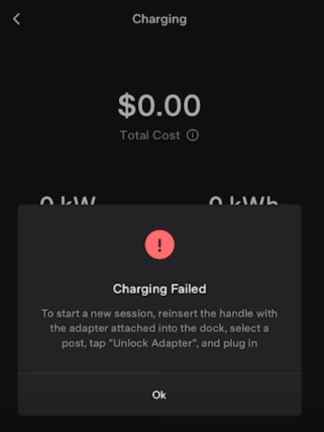
Also, more often than not, you may encounter issues with a Tesla stall leading to not charging the vehicle. In such cases, you should try another stall in the same station to see if that works. Most times, changing the charging stall does the trick.
Disconnect and Depart
Once your non-Tesla EV is sufficiently charged or you’ve reached your desired state of charge, use the Tesla app or the station’s interface to stop the charging session.
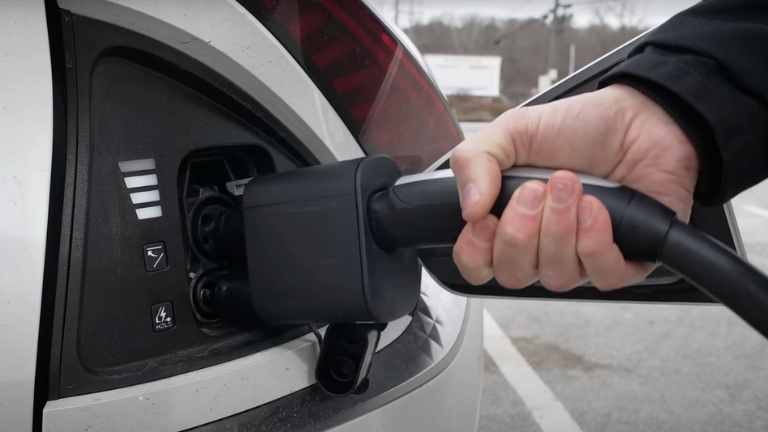
Disconnect the adapter from your EV’s charging port, and stow it properly.
Exit the Charging Station
Leave the Tesla charging station promptly to make way for other EV drivers.
It’s important to note that the availability of adapters and the compatibility of your non-Tesla EV with Tesla charging stations can vary by region and Tesla model. Additionally, charging speeds and fees may differ from what Tesla owners experience. Charging speed may be lower than you expect while the cost will be higher than Tesla owners.
Always check the latest information from Tesla and the specific charging station you plan to use to ensure a smooth charging experience.
How Fast Can Non-Tesla Vehicles Be Charged at Tesla Charging Stations?
While there is no explicit info about this, from our experience, we have never seen a non-Tesla charging at more than 42 kW speed at Superchargers. This is a lot slower than a Tesla which can charge at a speed of up to 250 kW at Supercharger stalls.
Tesla’s Superchargers are known for their high-speed charging capabilities, but when a non-Tesla EV is connected through an adapter, the charging speed does not match what Tesla vehicles enjoy.
The charging speed of a non-Tesla EV at a Tesla charging station will depend on several factors, including the capacity of the station, the adapter used, and the compatibility between the adapter and your EV.
In most cases, it’s unlikely that a non-Tesla EV will achieve the same charging speeds as a Tesla vehicle. This could lead to longer charging times for non-Tesla drivers, which may be inconvenient, especially on long journeys.
How Much Does it Cost to Charge Non-Tesla in Tesla Charging Stations?
The cost varies depending on locations but a general rule of thumb is that non-Tesla owners pay around 150% of what Tesla owners pay at supercharger stations. So, if a supercharger charges Tesla owners $0.30/kWh, it will charge non-Tesla owners around $0.45/kWh.
Final Words
In the world of electric vehicles, Tesla stands out not only for its innovative vehicles but also for its extensive charging infrastructure.
However, the exclusivity of Tesla charging stations has been a point of contention among EV enthusiasts. While non-Tesla EVs cannot directly plug into Tesla Superchargers or Destination Chargers due to Tesla’s proprietary connector, the introduction of CCS adapters in some regions has started to bridge the gap, allowing limited interoperability.
Despite these adaptations, it’s important to recognize that Tesla charging stations are not universal and are primarily intended for Tesla vehicle owners.
Non-Tesla EV drivers should consider alternative charging options and networks that are designed to be compatible with a wider range of electric vehicles.
As the electric vehicle landscape continues to evolve, it’s possible that greater interoperability between charging networks will become a reality, making it more convenient for all EV owners to charge their vehicles wherever they roam.
Until then, careful planning and consideration of charging options remain essential for non-Tesla electric vehicle owners on their journeys towards a greener future.

